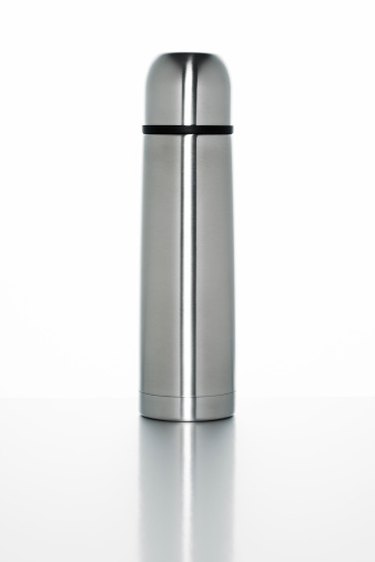Things You'll Need
Clamps
Buffing wheel drill attachment
Power drill
Non-scratching cloth

Jeweler's rouge achieves stunningly smooth results when used to polish metals. The rouge comes in several colors, each of which represents a different grit. Powders of varying fineness make up the rouge compounds. The best color for a specific project depends on the metal, its condition and the smoothness of the sheen desired. According to jeweler's rouge manufacturer Schaffner Manufacturing Co., white "produces a clear, brilliant, mirror-like finish" on aluminum. However, you must first polish scratched aluminum with a grittier jeweler's rouge and then re-polish it with progressively finer-grit rouges until you've removed the scratches; then apply a finish polish.
Step 1
Clamp the aluminum to a workbench or table, leaving the part you plan to polish exposed and easily accessible.
Video of the Day
Step 2
Attach a buffing wheel attachment to a power drill.
Step 3
Apply a small amount of rouge to the wheel by touching it to the rouge as it spins.
Step 4
Touch the spinning buffing wheel to the part of the aluminum you plan to polish. Move the wheel back and forth over the surface using light, even pressure.
Step 5
Apply additional rouge to the buffing wheel as needed.
Step 6
Continue buffing until you have polished the entire surface.
Step 7
Repeat with a finer-grit rouge if you desire a shinier surface.
Step 8
Wash the aluminum in warm, soapy water to remove any rouge residue. Dry with a soft, scratch-free cloth.
Tip
For badly scratched aluminum, sand the scratches out with sandpaper before polishing the piece with jeweler's rouge.
Video of the Day